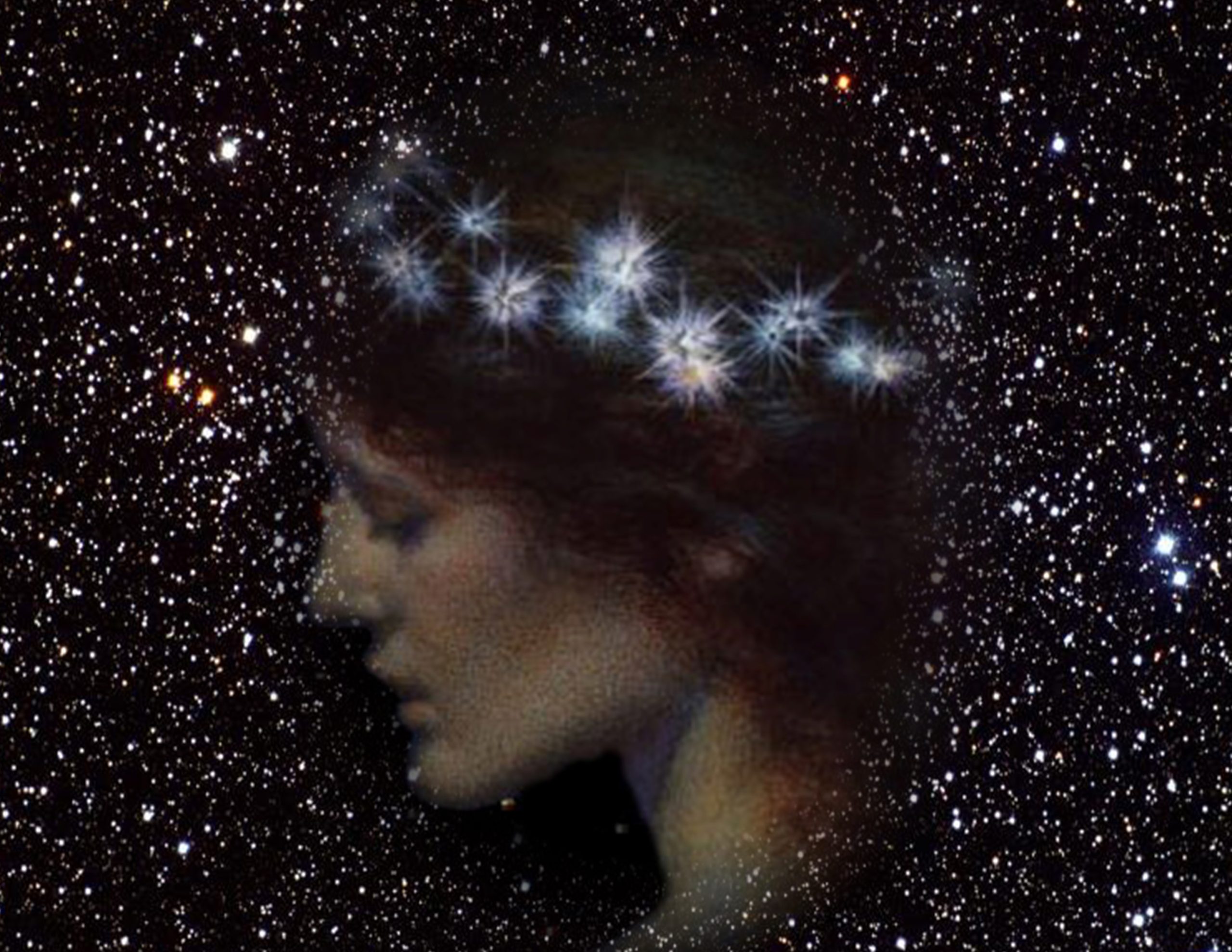
The Shechina is understood as the feminine presence of God. When we feels God's presence, we are feeling the Shechina. I've never given much thought to what this meant, but recent study has made me realize that I had been thinking of the Shechina as the warm and fuzzy side of God. The presence that arrives which makes us feel whole and connected. But I think I've been wrong. Or at least not complete in my thinking.
With many Kabbalistic concepts, my methodology has been to compare the writing to what I have experienced in the past and see if they are explaining something I've experienced. If it doesn't, I try to connect to the author of the text, and then use that connection to feel what they were experiencing. Another variation on that is to use the text itself as a guide to try to find the experience. If I'm still drawing an experiential blank, I try my best to understand the concept intellectually and how it fits in to my larger understanding of shamanism, spirituality, and Kabbalah.
Shechina is traditionally associated with the lowest sephira of Malchut. I've been studying Shaarei Ora by Rabbi Yosef Gikatilla (1248-1310) with my Hevruta and we've just completed the first section on Malchut. He finds many different words in the Torah that connect to the Shechina and uses them to describe her different aspects. Two of the major descriptors of the Shechina are as an empty pool or mikvah that is filled up by the other sephirot, and as the gateway between the spiritual world and the physical one. The Shechina sits on the bottom of the sephirot and in order for us to access the treasure rooms above, we must first pass through Malchut. Likewise, when the higher sephirot act upon the world, they also pass through Malchut.
He seemed to imply that there are time when the other sephirot act upon us directly, through malchut, and times when the empty nature of malchut fills up with the higher Sephira and then malchut acts upon us. Practically, I'm not sure if we would be able to feel much difference between the two, though I would imagine that when the higher Sephira acts upon us directly, it is a more powerful experience as there is no mediator involved.
This makes a lot of practical sense to me. There is a veil or a gate between the spirit world and the physical one which can be called Malchut. Whenever we want to enter into the spiritual world, we need to pass through this gate. There are many different ways of doing this, through drumming, singing, praying, and others. But the idea of a gate or doorway makes a lot of sense with my past experience. It also didn't bother my notion of a warm fuzzy Shechina.
But at the end of Gikatilla's section on Malchut, he writes about Malchut wearing three types of fire, each associated with a name of God: black (Shakai), red (Elokim), and green (A-D-N-I). (I'll write another post with the whole passage and a longer discussion.) The Black devouring fire disperses bad spirits and impure things. The Red fire destroys everything around it, good and bad, like a plague. And the green fire causes fear, awe, and trembling upon all the created. Not so warm and fuzzy.
This version of the Shechina means that when the presence of God comes to us, it can be terrible and dark. It can use that dark energy to heal us and drive away dark spirits, but it can also destroy everything around itself. In this sense, when the Shechina comes to us, it's not always a good thing. I am tempted to link this to what John Myerson writes about dark energy and the dangers it presents when we use it, but I think that would be too much of a reach at this point. I want to see what else Gikatilla writes about dark energy, if I can use that term "black fire that devours".
In class yesterday, my teacher taught us of an idea in the Zohar that the Shechina is the energy that is created between people. The Shechina can be thought of as Knesset Yisrael (the gathering of Israel) . And from that we can understand that anytime people get together the shechina manifests. I experience this everyday. There is a particular power that manifests in my healing when there is a connection between myself and the patient. I just have been calling it a connection, but might I also be able to understand it as the Shechina?
That connection has a power, but it can be many different types of power and do many different things. I have to pay more attention to this to determine if what I am terming the power of connection is truly the presence of the Shechina. If so, it can lead to a whole new way of explaining the connections between people, and a new way of understanding how to call the Shechina. It is not just the presence we hope will descend upon us, but something that we intentionally draw towards us by improving the connections between us.
We'll see how that develops, but for now I am certain that the Shechina is not always so warm and fuzzy!
Aaron Askanase
http://jewishshaman.blogspot.com/2008/12/rethinking-shechina.html